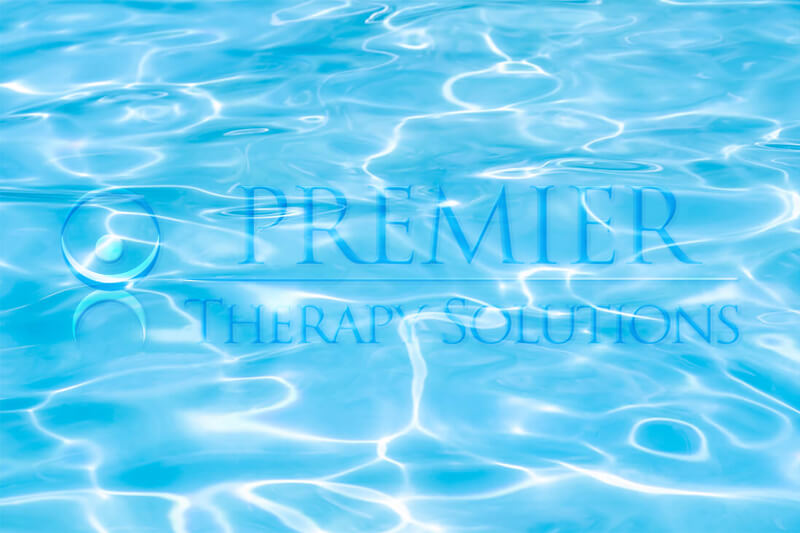
People recovering from a serious injury in a physical rehabilitation program understand that PT is a process that takes time (months and sometimes years). Aquatic therapy is often used in physical therapy treatments due to its various advantages in promoting quick muscle recovery. Aquatic therapy benefits patients by utilizing a few simple principles that promote muscle performance, improve overall recovery time, and reduce feelings of acute and chronic pain. Simple, progressive, and efficient – here are the most common benefits of aquatic therapy:
Hydrostatic Water Pressure
Water is denser than air. This increased density causes water to create more pressure on the body than it is generally accustomed to by adapting to the shape of your body’s movements. This process is of compression is defined as hydrostatic water pressure. When a patient is submerged in water neck-deep, hydrostatic pressure works like a giant compression bandage over the person’s entire body.
Less Sensitive Touch Sensations
The nervous system is responsible for firing nerve endings in the body once stimulated. The pressure on your body and chest caused by being submerged in water causes the brain to limit the sensitivity level. By dulling the reticular system (how the body handles being touched), the body can move more freely with less pain felt due to muscle movement. Without the fear of pain, patients can use the full range of the injured muscle and speed up the overall recovery time.
Weight Resistance
The natural resistance that water provides causes slower, fuller motions without extra equipment. This makes it one of the most beneficial aquatic therapy benefits, especially for patients rehabilitating atrophied muscles. The resistance causes the body to exert more energy and engages more muscle fibers for faster recovery. The resistance also increases a person’s balance and can reduce the fear of falling during the session.
Muscle Memory
Aquatic therapy benefits patients dealing with neuromuscular conditions, such as stroke patients recovering from the loss of muscle memory. Water resistance causes the body to naturally move slower, which allows the brain to better process the muscle movement. This slower processing makes it easier for the brain to retain the body’s natural motions.
Accessibility
Aquatic therapy pools (such as the HydroWorx®) make treatment easier on both the patient and the aquatic therapist. Getting in and out of the pool is as easy, if not easier, than using a table. Once in the water, the aquatic therapist is able to move from side to side with ease, promoting full range treatment without the patient needing to turn over.
Increased Blood Circulation
Hydrostatic water pressure naturally causes the heart to increase blood flow. Aquatic therapy benefits blood circulation because of this pressure and warm water temperature (generally about 94 degrees). Improved blood circulation brings more oxygen-rich blood to the limbs, a necessity for healing damaged muscles.
Relaxing Muscle Massage
Relaxing the muscles used after any workout is key to building strength. Increased blood flow with oxygen-rich blood naturally eliminates lactic acid buildup. This reduces post-treatment pain and soreness, a common demotivator for PT patients.
For more information about how aquatic therapy benefits physical therapy patients, contact an aquatic therapist. To request an appointment, visit Premier Therapy Solutions.
Facebook | Twitter | YouTube | Instagram | LinkedIn





